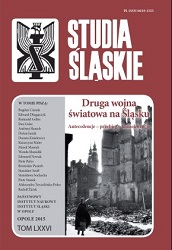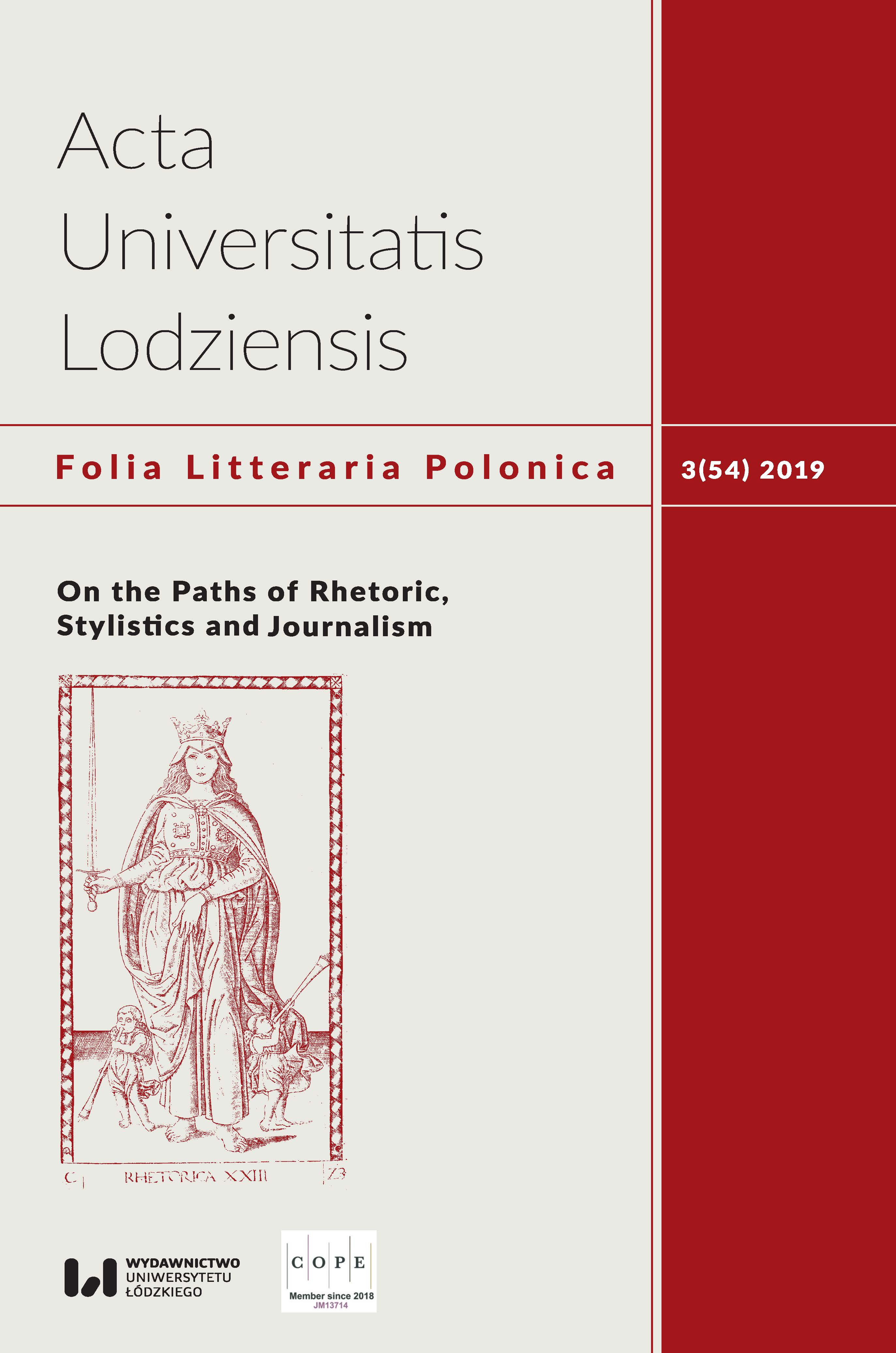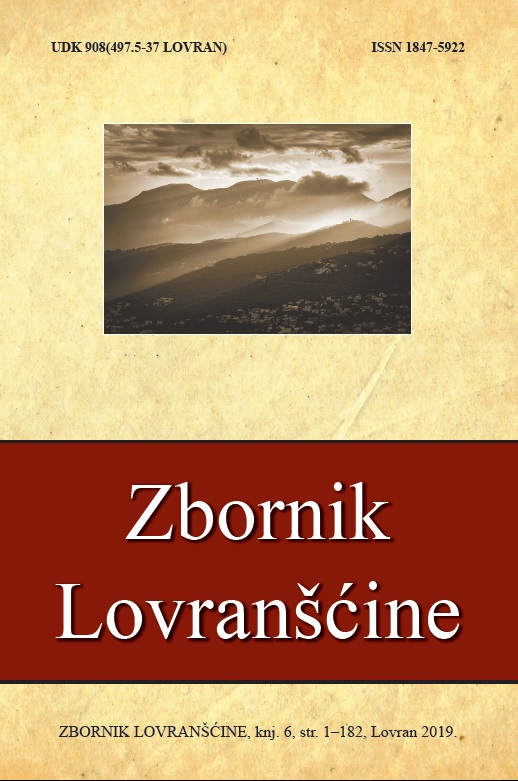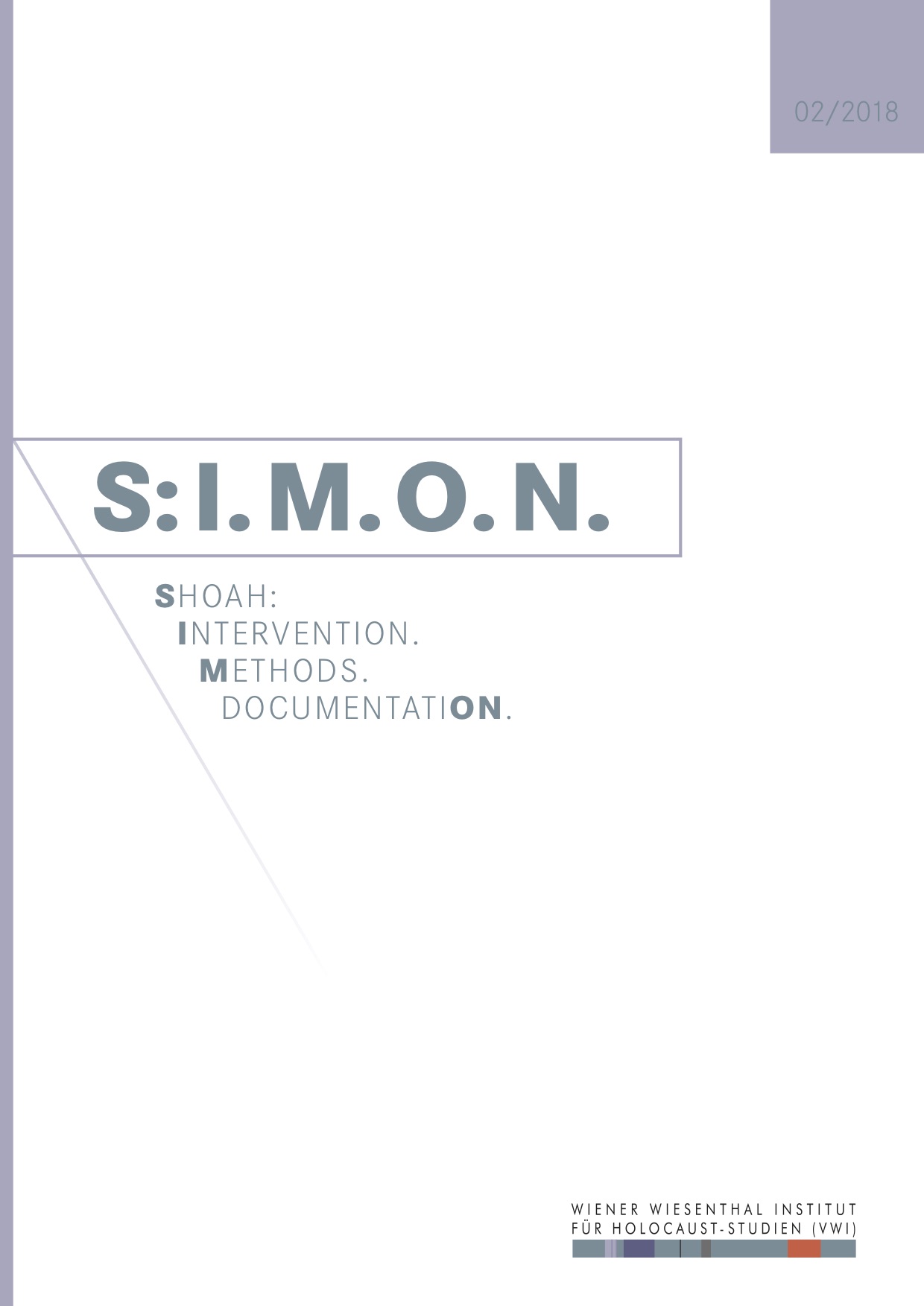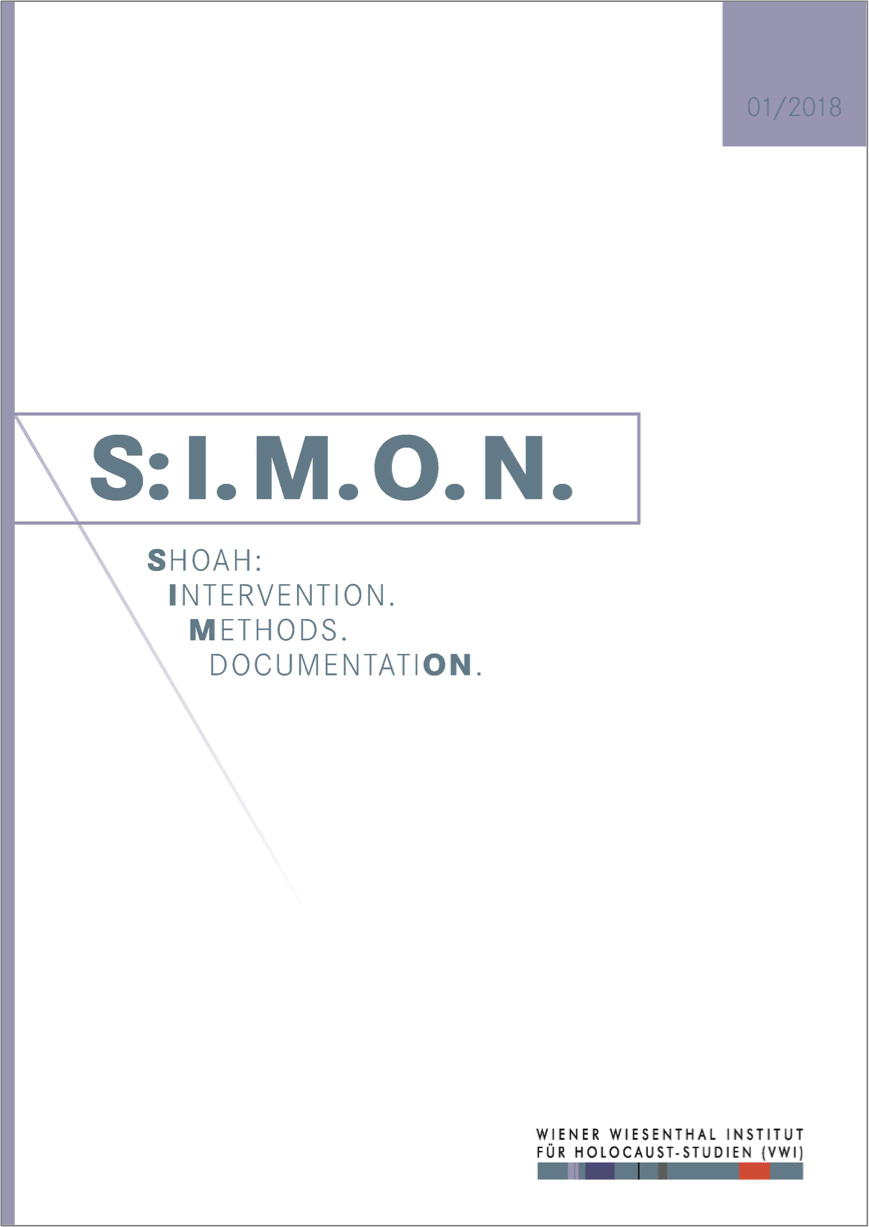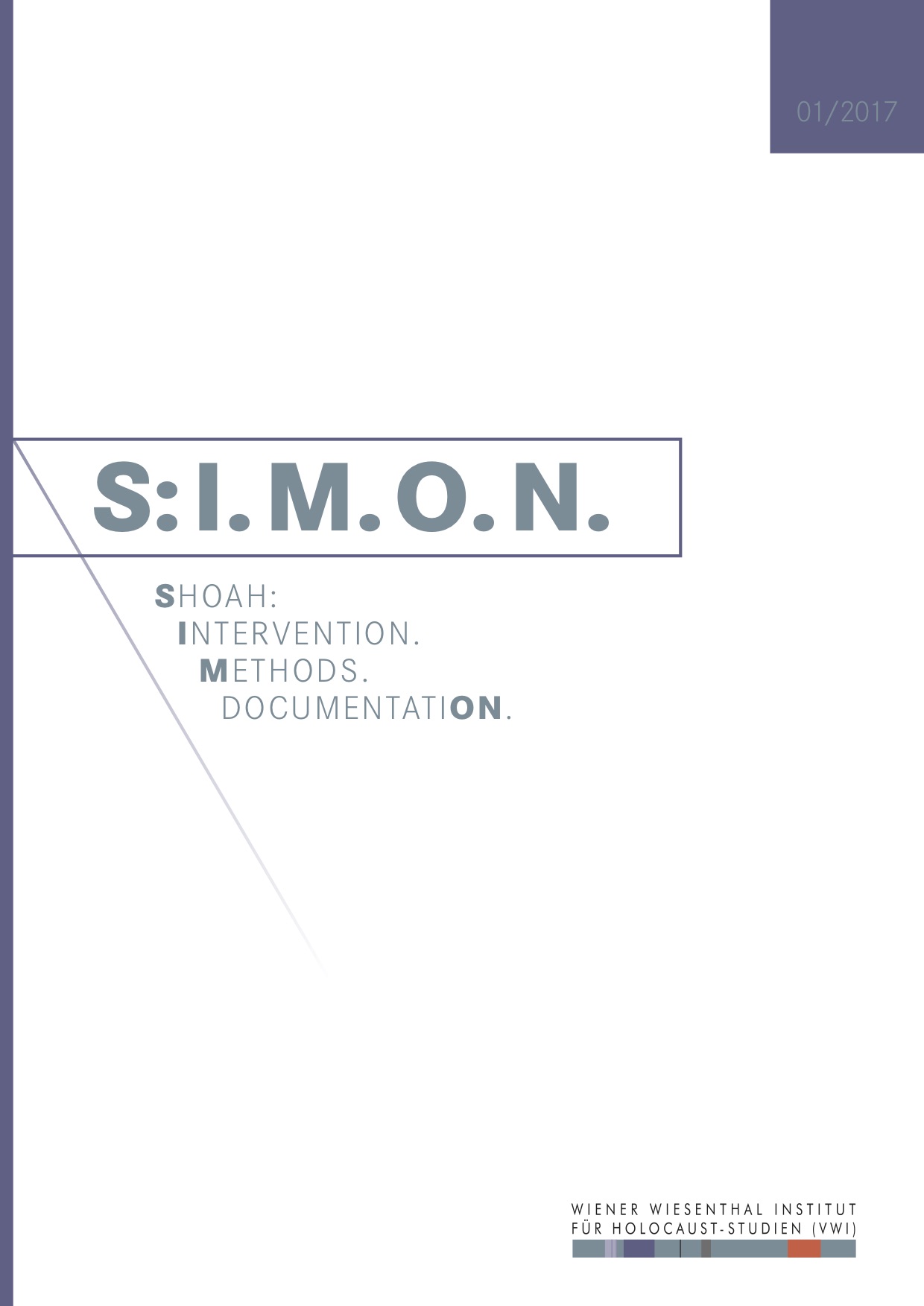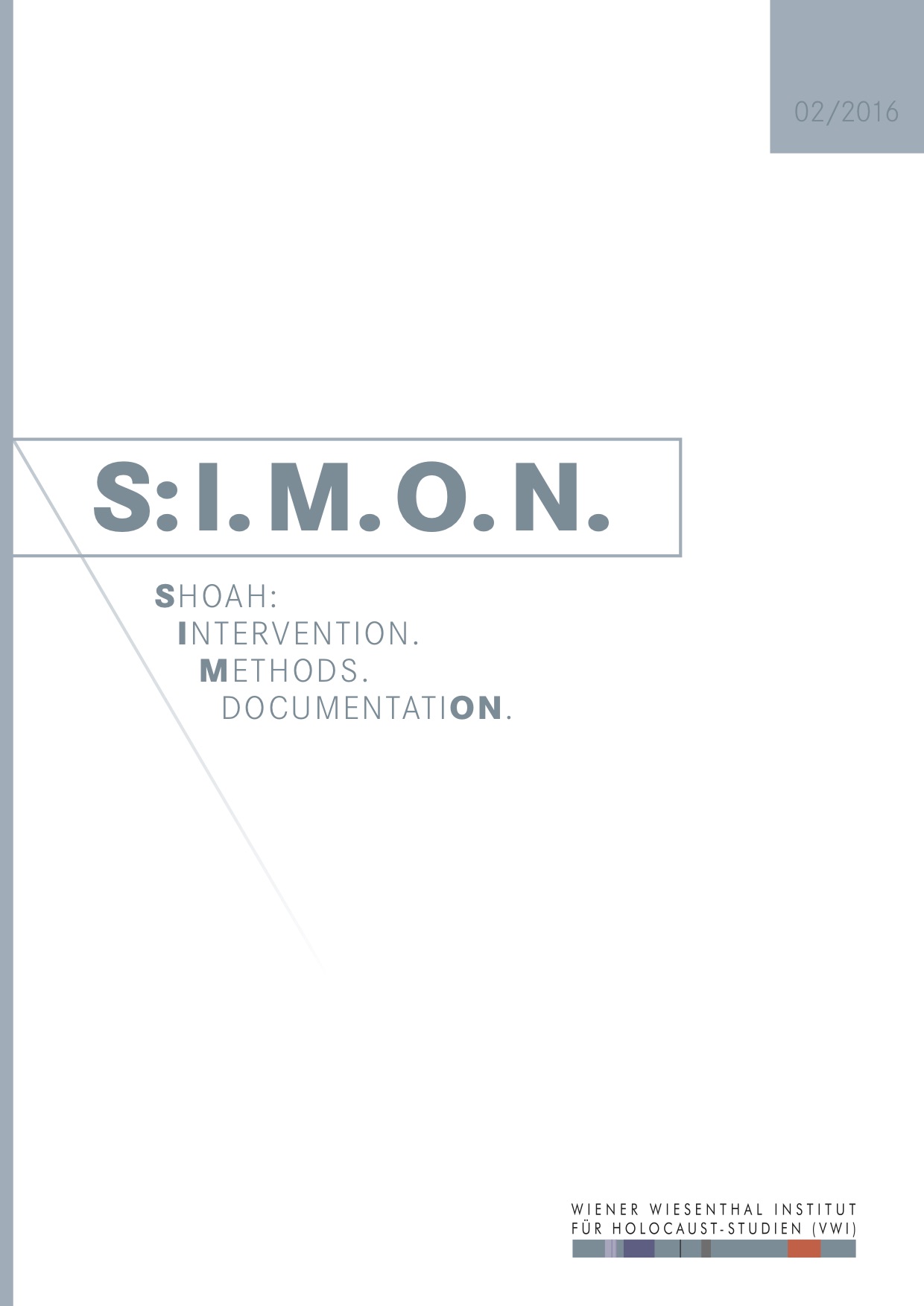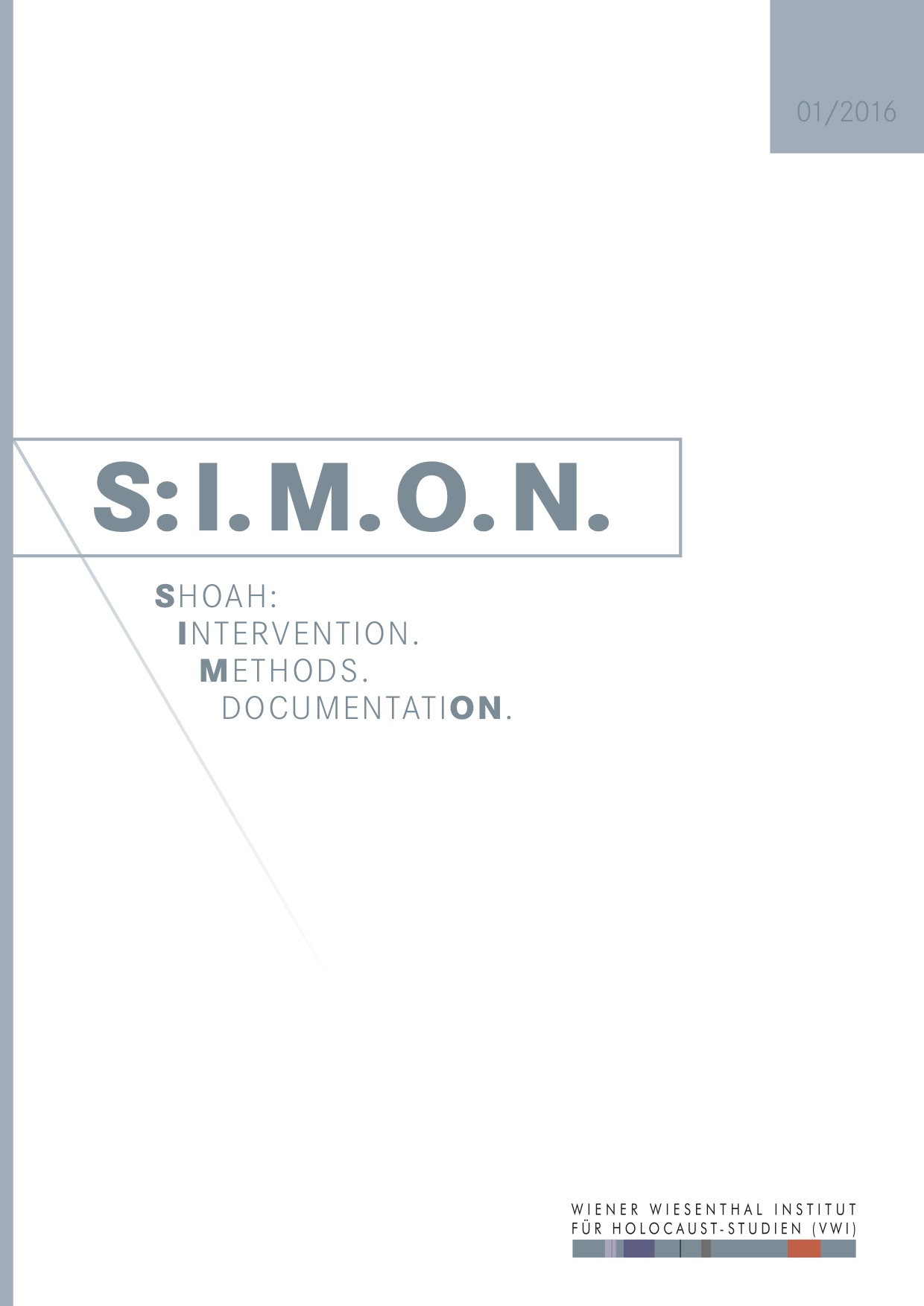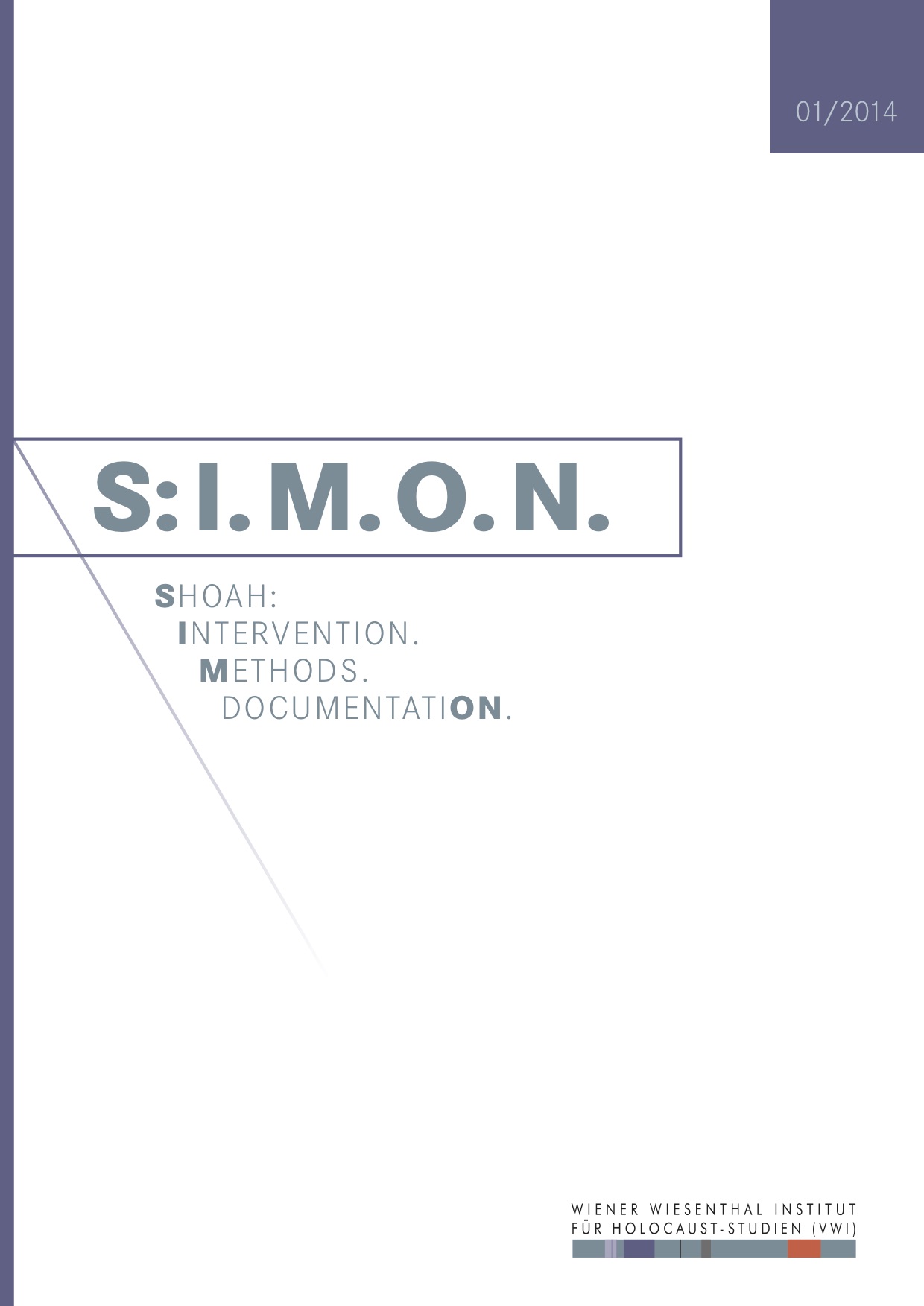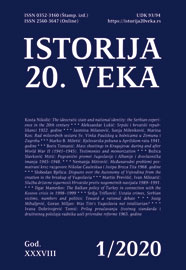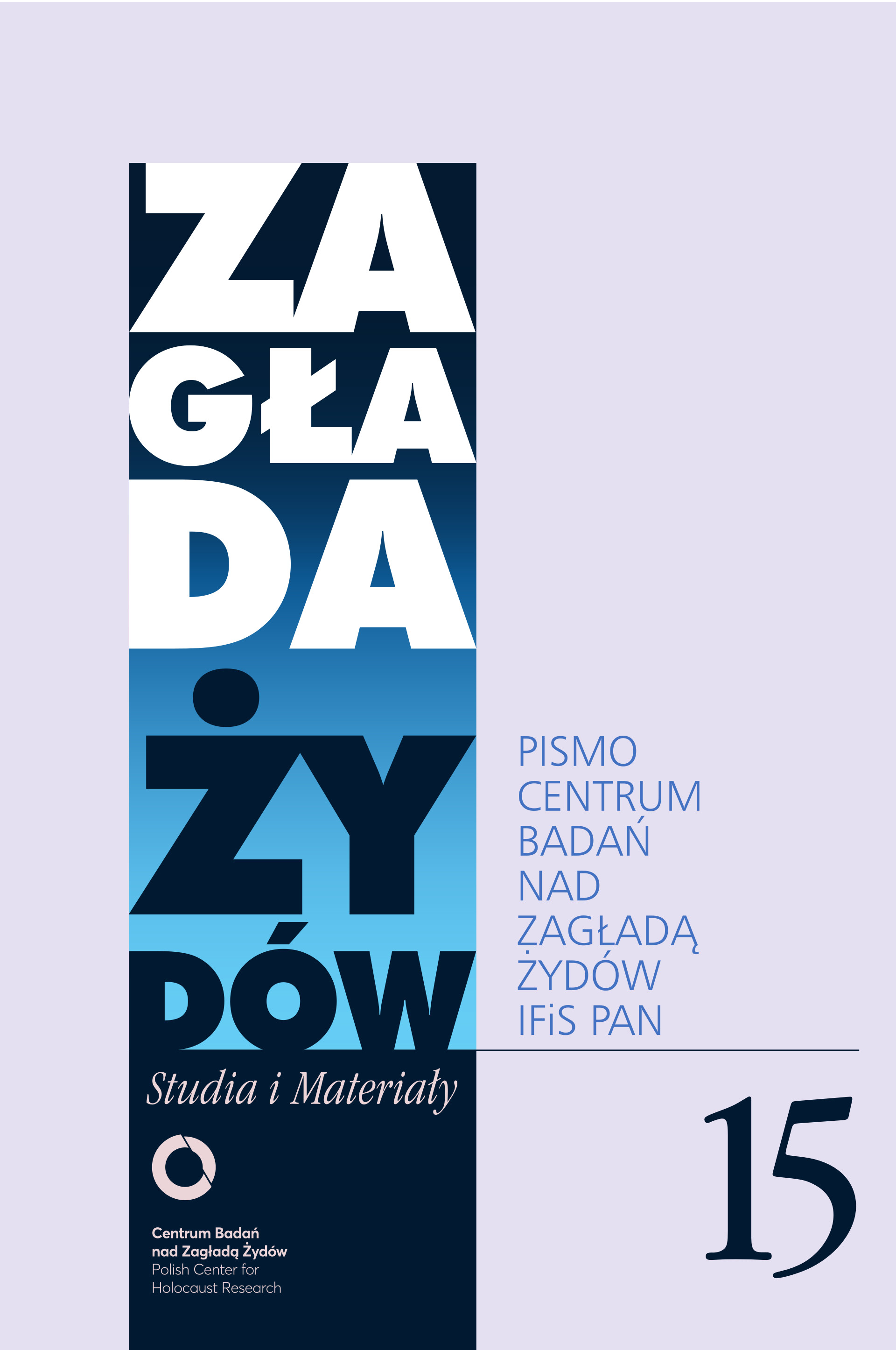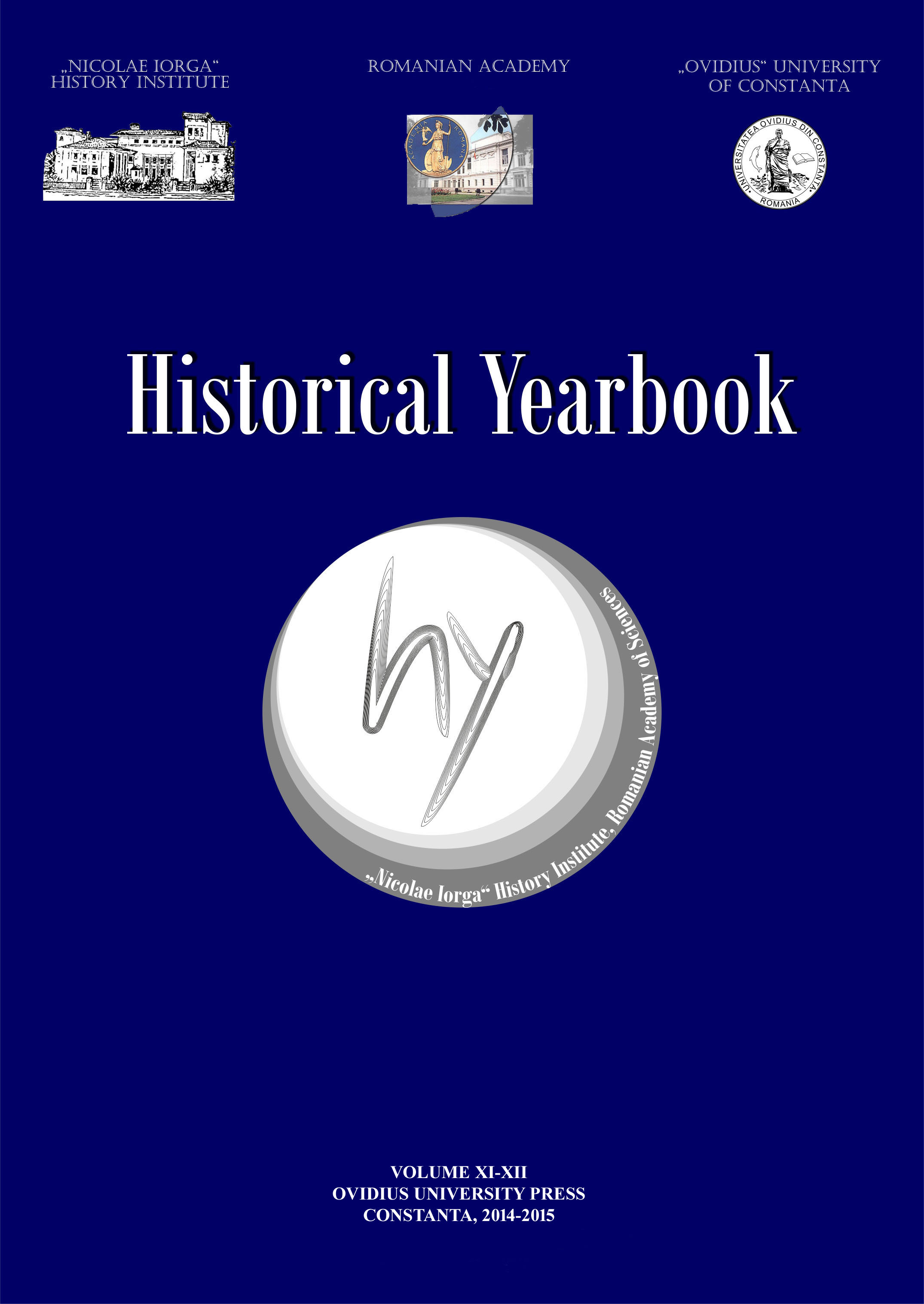
IDEOLOGICAL CURRENTS IN GERMAN INTERWAR HISTORIOGRAPHY
The aim of this paper is to analyse the evolution and main ideas of German historiography between 1918 and 1939. After the First World War, most German historians supported the return of Germany to the status of great european power. For this, they tried to build arguments for the revision of the Versailles Treaty. Almost all of them condemned the revolution in 1918 and many refused to accept the republican state that emerged as a consequence of it. This anti-republican nationalism can partly be explained by the fact that no generation change took place during the 20’s in the history chairs of German universities. Most chairs remained occupied by historians from the Kaiserreich period.After the establishment of the national-socialist dictatorship, many German historians supported the Nazis politically and ideologically because their political and cultural nationalism proved to be largely compatible with the biological nationalism of the Nazis.
More...
